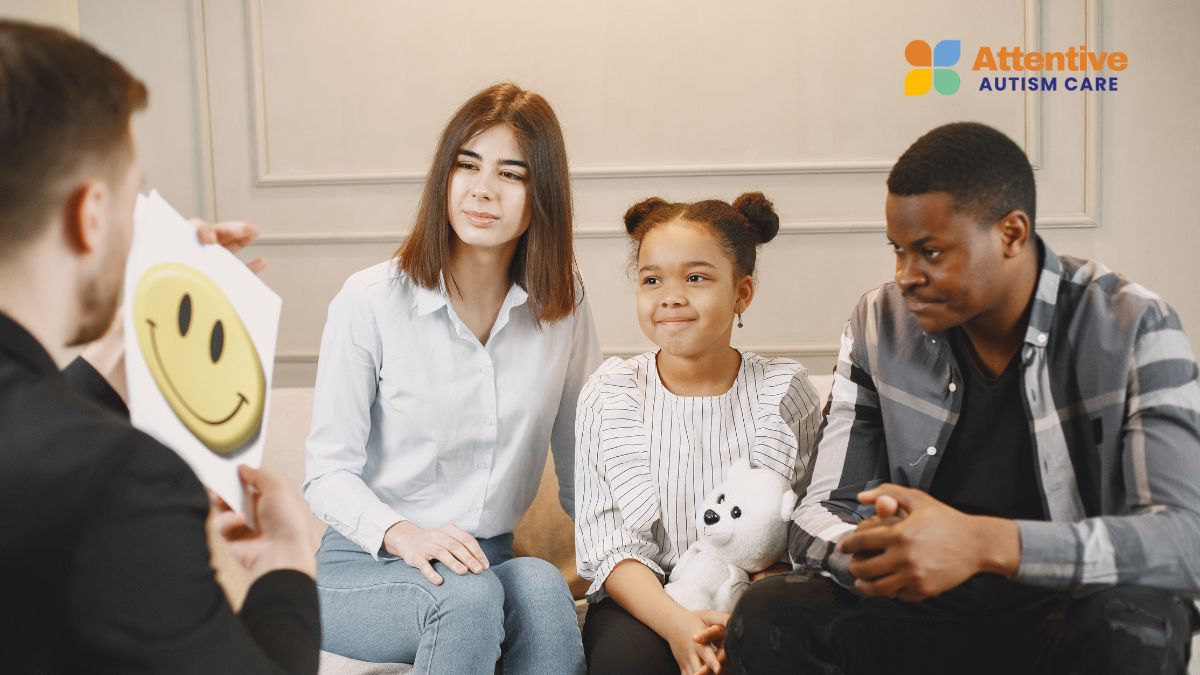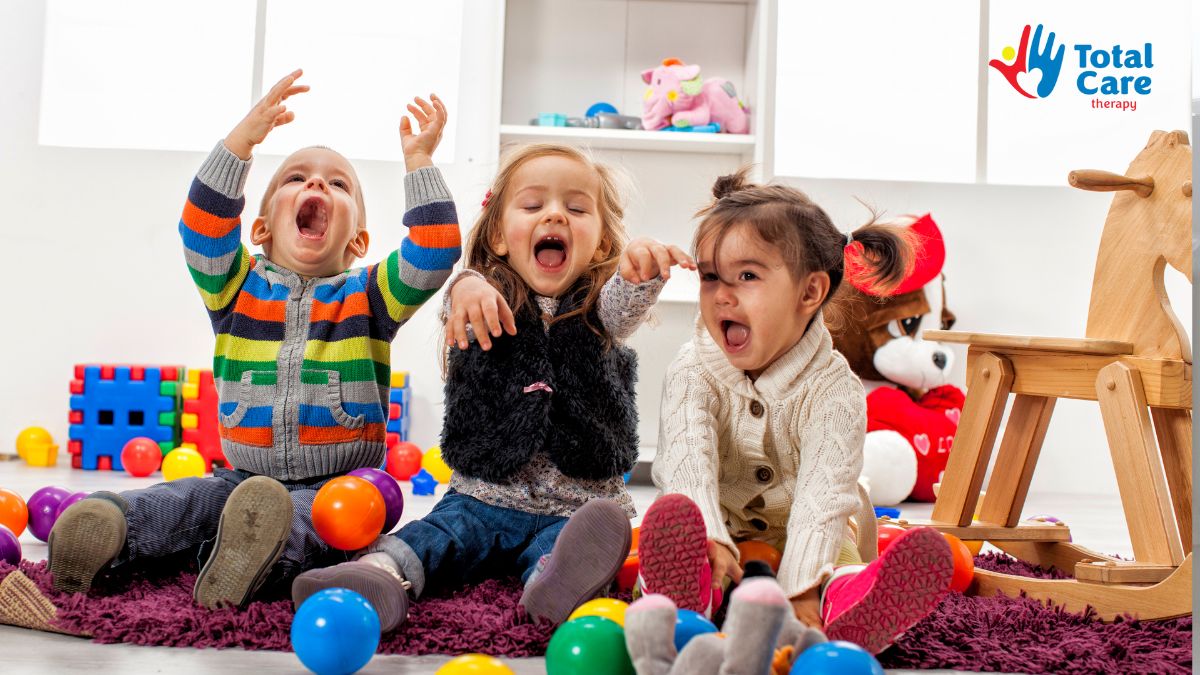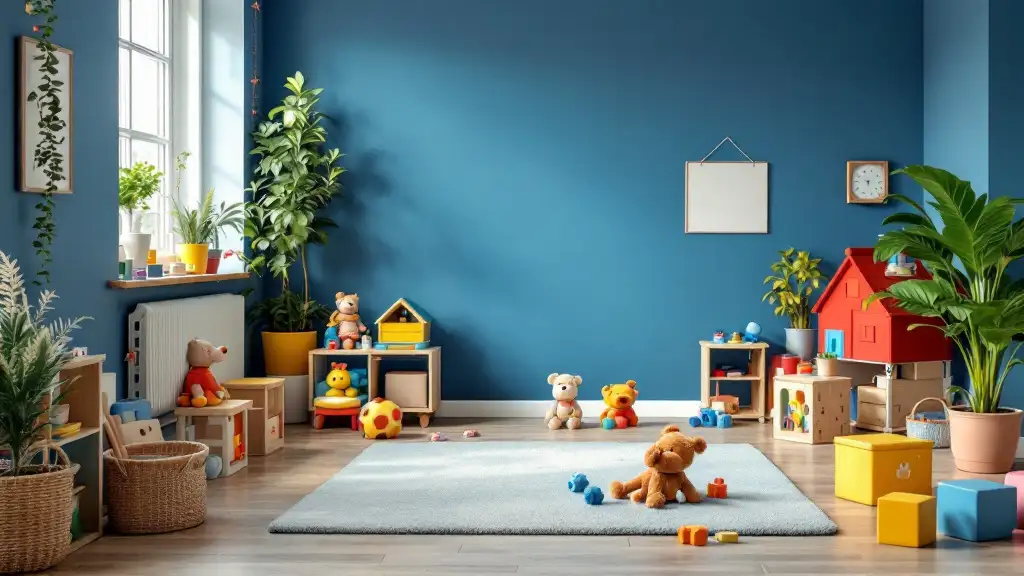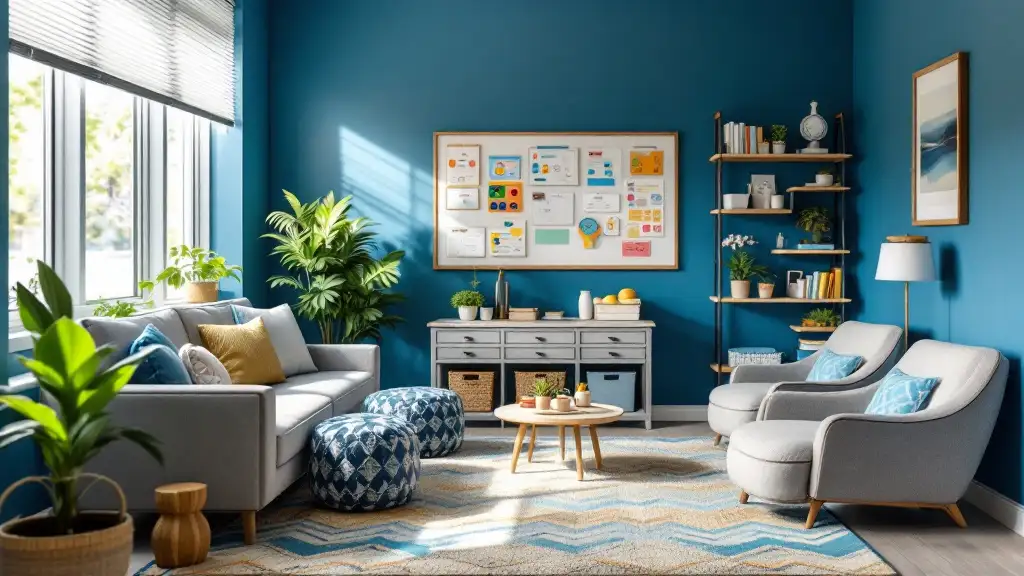Measuring ABA Progress: What Milestones Really Matter
Track ABA progress milestones that improve communication, daily living, and social play while reducing challenging behaviors for lasting child independence.

Key Points:
- Measure ABA progress by tracking milestones in communication, daily living, learning readiness, social play, and behavior reduction.
- Reports should show baseline, mastery, and generalization with clear data and caregiver input.
- Early screening and consistent practice accelerate gains, while meaningful goals improve routines, independence, and quality of life.
ABA progress milestones work best when defined in plain, observable skills tied to real routines. Data from an ABA progress report should show baseline, mastery, generalization, and maintenance. Early screening and early caregiver-led practice accelerate gains, and practical targets like functional communication cut challenging behavior at the source.
How ABA Progress Gets Defined
Parents want growth that shows up at home, at school, and in the community. ABA progress starts with:
- A clear target behavior
- A baseline of current skills
- A mastery criterion that defines success
ABA goals are broken into small steps, tracked by therapists during sessions, and shared with families through weekly notes and monthly reports. Caregivers practice the same steps at home through parent training to keep progress moving.
What makes a good goal:
- Tied to routines (e.g., “ask for help in the kitchen” vs. “improve communication”)
- Measured with clear counts like rate, duration, or accuracy
- Designed for generalization, so skills carry over to new people, places, and times
Screening and early action improve the odds that milestones arrive sooner. The pediatric group standard recommends screening all children for autism at 18 and 24 months, which helps families start parent training and play-based practice during the toddler window.
Core Behavioral Milestones ABA Teams Track
Progress feels real when it shows up during common tasks. These behavioral milestones in ABA cover the areas teams track most.
Communication
Caregivers watch for more effective requests and fewer problem behaviors tied to unmet needs. Functional Communication Training often replaces behavior that used to work for escape or access.
A recent review estimates that 40 to 60 percent of people with autism engage in challenging behavior at some point, which shows why communication goals sit at the center of many plans.
- Request help, a break, more time, or a specific item using speech, signs, or AAC.
- Respond to name, follow a one-step direction, then two-step directions across rooms.
- Repair breakdowns by repeating or pointing when the listener looks confused.
Learning readiness
ABA progress milestones in this area make every other goal easier to teach. Teams reduce wait time, increase on-task behavior, and build tolerance for short delays. These skills reduce friction in therapy blocks and in class.
- Sit for short lessons, then for small-group activities without leaving the area.
- Transition between rooms or activities with a visual schedule and minimal delay.
- Accept short prompts without escalation and return to the task after an interruption.
Daily living
Adaptive skills bring independence and reduce caregiver load, and teaching daily living skills works best when plans teach the chain in steps and reward small wins. ABA progress notes should show frequency, prompts, and time to complete a task. Strong plans teach the chain in steps and reward small wins.
- Dress with fewer prompts, use toileting routines, and wash hands with full steps.
- Prepare a snack safely, clean a simple spill, and put toys or clothes in labeled bins.
- Follow a visual schedule for bedtime or school mornings.
Social play
Play progress grows from parallel play to short turns, then to simple cooperative games. Each step builds peer access and increases opportunities for practice, and an Autism Social Skills Profile helps track gains across settings.
- Share materials for 30 seconds, then take turns for two rounds in a simple game.
- Join a group activity for one minute, then for three minutes with a peer cue.
- Offer help or show an item to a peer at least once during a play period.
Behavior reduction
Behavior change shows up in clearer signals rather than in suppression alone. Teams measure rate, duration, and severity, not just whether an incident happened. Replacement skills tie back to the same function that used to drive the behavior.
- Request a break before leaving the area.
- Use a timer to wait for turns or for a preferred item.
- Choose a calm-down option and return to the task within a set time.

Read the Numbers: What Belongs in an ABA Progress Report
Parents receive many pages of data. The value of an ABA progress report comes from a few core items that show where a child started, where the child is now, and what generalization looks like outside the clinic.
Essentials every report should include:
- Clear operational definitions, baseline data, and mastery criteria for each goal
- Graphs with trend lines, dates, and notes about prompts or setting changes
- Generalization probes across people, places, and materials, plus maintenance checks
- Treatment fidelity notes and caregiver training logs tied to the same goals align with how positive reinforcement and prompting were used over time.
Short-Term Wins vs Long-Term Growth
Families want to see early movement while still building toward independence. Short-term ABA milestones often include requesting, following directions, and tolerating changes. Long-term growth focuses on communication breadth, adaptive daily living, and social problem-solving.
Short-term goals use shaping and chaining. Shaping rewards closer versions of the target behavior. Long-term goals rely on generalization plans. The same skill should work with new people, in a new room, and with new materials.
Caregiver practice speeds up both tracks. Parent-implemented early models show measurable gains when adults learn specific coaching steps and practice during everyday routines.
One well-known intervention study in toddlers reported an average improvement of 17.6 standard score points after two years in the treatment group compared with 7.0 points in the comparison group, highlighting the value of early, structured input.
Measure Reduction the Right Way
Behavior reduction is a big focus because it unlocks access to learning and play. Teams run a functional behavior assessment to learn why a behavior works. Replacement behaviors then meet the same need in a safer way. Success is not a simple “zero incidents.” Success looks like a lower rate and severity paired with higher use of replacement skills.
Functional Communication Training is a frequent choice because it gives a child a faster, clearer way to get needs met. Teachers and therapists use it for escape, attention, access to items, or automatic reinforcement. Reviews in schools and clinics have reported strong effects, and the broad prevalence of challenging behavior explains the attention it receives.
Estimates place challenging behavior in the 40 to 60 percent range among people with autism, which reinforces the need to prioritize functional communication early in a plan.
Choose Milestones That Change Daily Life
Milestones should ease family routines, improve access to peers, and expand independence. The best ABA therapy progress shows up as fewer arguments during transitions, quicker recovery after small frustrations, and more shared enjoyment during play. Those changes point to a rising quality of life, and building safety skills at home and in the community supports independence.
Teams can review goals each quarter and retire anything that no longer serves the routine. New interests and new school demands will shape targets. The plan should breathe with the child’s world while protecting the core aim of functional communication, learning readiness, adaptive living, social play, and safe behavior.
A quick milestone audit
- Ask which goal will save the most time or stress this month.
- Ask which goal will unlock access to a group or class activity.
- Ask which goal will reduce the need for prompts in a daily routine.

Frequently Asked Questions
What are the 4 stages of learning in ABA?
The 4 stages of learning in ABA are acquisition, fluency, maintenance, and generalization. Acquisition builds new skills with prompts and reinforcement. Fluency strengthens speed and accuracy. Maintenance preserves the skill over time. Generalization extends the skill across settings, people, and materials, ensuring lasting and flexible use.
How to check level progress in ABA?
Check level progress in ABA by comparing baseline to mastery criteria with clear data. Therapists record frequency, duration, latency, or percent-correct, then graph trends for growth or variability. BCBAs review data regularly, add caregiver input, and run probes for generalization and maintenance before updating or revising goals.
What is the progress approach to ABA?
ABA progress approach uses individualized plans with measurable goals, data tracking, and BCBA oversight. Therapists record session data, review graphs, and adjust targets when growth stalls. Plans include generalization and maintenance steps, with progress reviewed every 4–6 weeks in BIPs or IEPs for systematic monitoring.
Act on Your Child’s Data Today
Explore ABA therapy services in Nebraska, Colorado, Utah, North Carolina, Maryland, and New Mexico to help your child meet meaningful ABA progress milestones. The work you put in today can make a visible change in communication, behavior, daily living, and quality of life.
At Attentive Autism Care, we set measurable goals for communication, social skills, behavior regulation, adaptive living skills, and academic readiness. Reach out if you want a free consultation or to review a sample ABA progress report. Our team is ready to support your family through steady, significant progress.



































































































